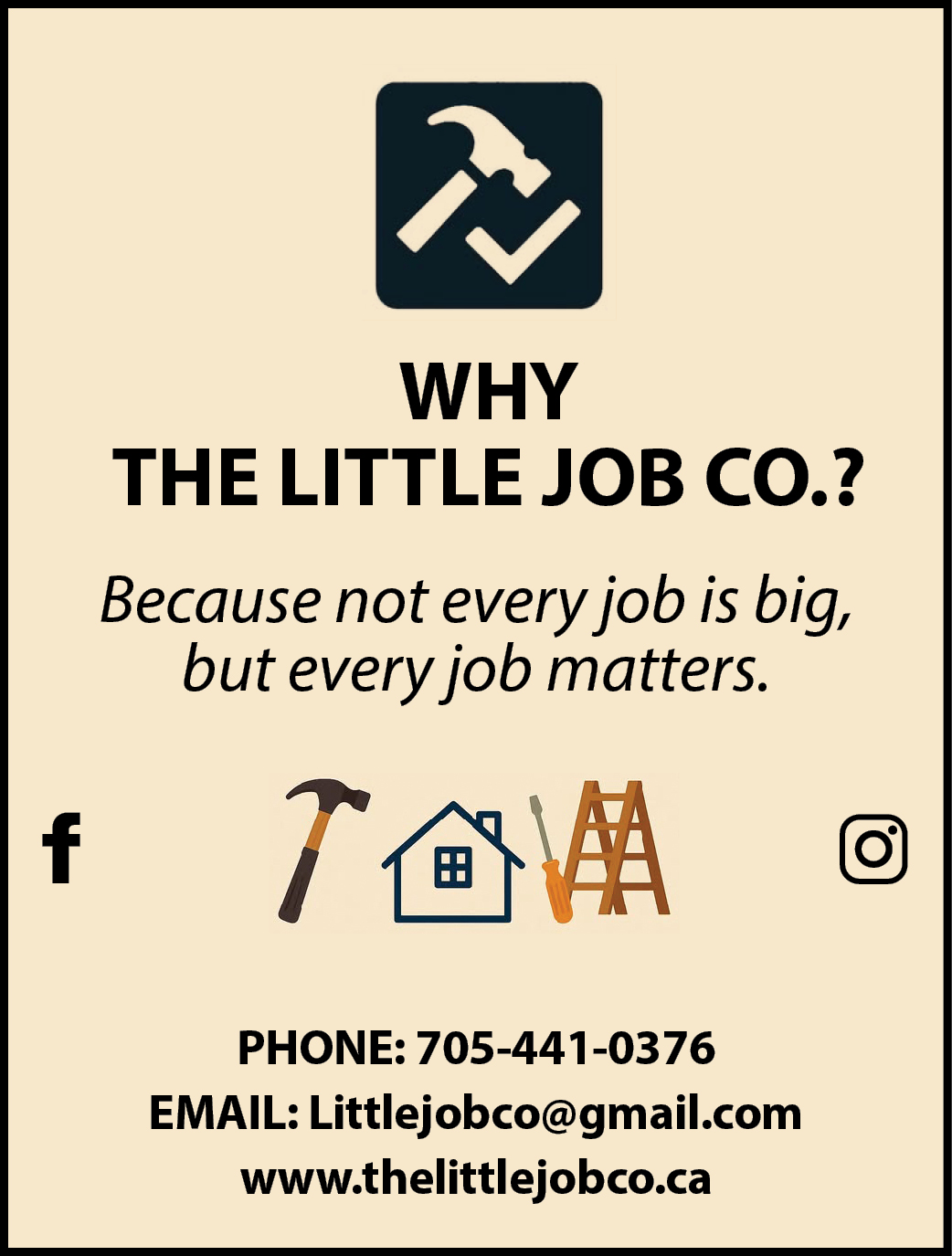Stephen Vance, Editor
 The province of Ontario has a lofty but necessary goal of 70 percent waste diversion, and while many communities (like Meaford) have now found their way to the 55 to 60 percent diversion rate, the extra push required to reach 70 will likely need to come from product manufacturers themselves.
The province of Ontario has a lofty but necessary goal of 70 percent waste diversion, and while many communities (like Meaford) have now found their way to the 55 to 60 percent diversion rate, the extra push required to reach 70 will likely need to come from product manufacturers themselves.
Sure, we can all find additional opportunities in our homes to better separate the waste we create, we can find new ways to repurpose items rather than dispose of them, and we can try to purchase fewer products, and those we do purchase we can seek out brands with the least amount of packaging, but I think for any significant change, we need to look to those who manufacture all of this stuff we buy.
When looking at the numbers from 2015, I think we in Meaford have done an amazing job. Last year we dragged a total of 1,995 tonnes of household waste to our curbs. Thirty years ago virtually all of that waste would have been transported directly to a landfill, but because of the various waste diversion initiatives over the past few decades, far less is destined to sit in a landfill for hundreds of years to come. Of that 1,995 tonnes of waste in 2015, just 760 tonnes went to landfills.
If you step back and look at how far we’ve come by voluntarily adopting the recycling of glass, plastic, and metal items, and then later separating our compostable items, we should be pleased with what we’ve accomplished.
But I think consumers have done pretty much what we can in the effort to reduce waste. We’ve taken the time and effort to separate all the various types of waste into their special bins, we pay the $2.50 for a bag tag each time we need to dispose of waste that we can’t drop in the blue or green boxes, heck, we’ve even started separating out plastic film, which while low in weight (which means it’s little help in the reduction of actual tonnage sent to landfill), would take eons to degrade in a landfill.
Thus far, however, little has been asked of manufacturers to reduce the amount of packaging materials used for the products we buy, let alone taking on some of the responsibility for the disposal (or better yet, recycling) of the products themselves when they can no longer be used.
Granted, we have seen some reduction in packaging lately, but much, much more could be done in that area (how often have you found yourself grinding your teeth on Christmas morning fighting through layer upon layer of packaging so that the kids can actually play with a new toy?), and I think that not just the amount of packaging should be considered, but also the types of materials used.
So much of what still gets tossed away as trash is either plastic packaging, or products made of multiple materials that can’t be tossed in the blue bin, whether it’s a child’s broken umbrella, or a worn-out basketball, or a flashlight that fell off your ladder and no longer works. And that stuff doesn’t degrade quickly: it sits in landfills for generations. Imagine if the place that sold basketballs was required to have some sort of bin on site so that worn-out basketballs could be dropped off and ultimately sent back to the manufacturer for reuse or recycling? Imagine being able to drop that broken flashlight off in a bin at the big-box store on your next trip there, and that flashlight being returned to the manufacturer to deal with – I bet we’d see some swift changes to product design to enable the streamlining of materials separation and recyclability! The same goes for packaging – if it could be returned to the product manufacturer for re-use, disposal or recycling at their cost, I bet we would see some creative engineering efforts that would reduce the amount of packaging required.
It’s true that we now have additional opportunities to dispose of some items more responsibly than by simply tossing them in the trash. In recent years we’ve seen depots created to drop off electronic goods that have exceeded their service life, for example, but those initiatives are typically community driven, not championed by (or funded by) corporations – and it is far beyond the time for the corporations producing goods for consumers to take on the responsibility for the disposal of their products at the end of their lives.
If we look at all that has been asked of consumers in recent decades (and rightly so) to participate in waste diversion initiatives that have become part of our daily routine, we’ve responded, and we’ve responded well.
We consumers have done the bulk of the work already – we’ve adjusted our habits, we’ve altered our routines, and, in Ontario at least, we’ve managed to divert 50 to 60 percent of our household waste away from landfills – voluntarily I might add. We’re to the point that we’re separating our bread bags, we’re trying every way we can think of to divert a little bit extra here and there, but gains made by consumers in waste diversion have likely plateaued, and it’s time for big business to assume some of the responsibility by reducing packaging, improving product design, and taking back products at the end of their service life in order to recycle or dispose of them at their cost.










